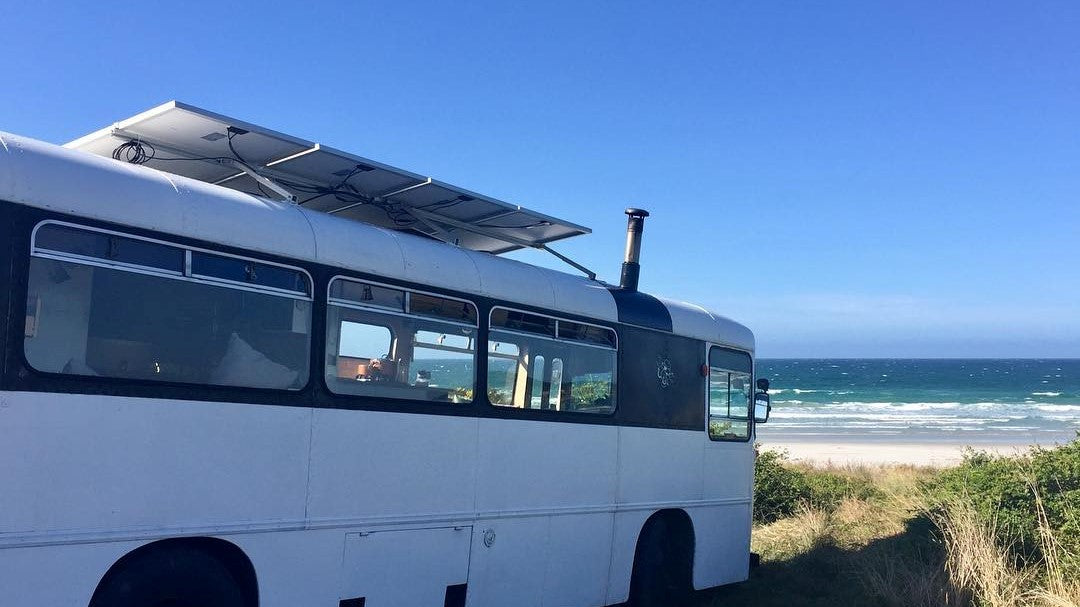We have had a few questions from customers about how best to tilt their solar panels to optimise their solar energy collection, so we've put together a simple diagram and some information to help you decide how best to optimise your set-up.
The efficiency of your solar panel system is dependent on several factors, including:
Light intensity: This is the amount of solar energy available (kWh/m^2) in any location. This is generally higher closer to the equator, in summer, in good weather and with little shading.
Panel area: the larger your panel is the more energy it can collect
Panel orientation: For the southern hemisphere, panels should be oriented to the north, if possible, to maximise sun exposure. This doesn’t change over the course of the year.
Panel tilt angle: The best angle to maximise your collection is perpendicular to the sun. If you won’t be adjusting the tilt, this is equivalent to the latitude (eg 35degrees in Whangarei). Panels can be optimised for winter and summer by increasing or decreasing the tilt angle.

Your specific situation may mean it might not be possible to have your panels in the optimal location, angle, or orientation, however, the orientation should not be more than 20 degrees from north, as you will see a drop of at least 20% in your power output from your panels. The drop in output will be worse the further away from north the panels are oriented. If you have the time and willingness to experiment, you may try changing the angle a few times during each season to see what works best for you - we have one customer in Whangerei who has her panels set to 45 degrees all year round, as this works best for her and her neighbours.
Ideal Angles for Solar Panels across NZ:
| Place | Latitude | Summer Angle | Winter Angle |
| Whangarei | 35° 45' | 26° | 51° |
| Auckland | 36° 50' | 27° | 52° |
| Wellington | 41° 15' | 31° | 56° |
| Christchurch | 42° 30' | 32° | 57° |
| Dunedin | 45° 50' | 36° | 61° |
| Invercargill | 46° 30' | 36° | 61° |


